Chebulinic acid
Chebulinic acid is a phenolic compound known for its wide range of applications and functions, primarily in the biomedical and health fields.
Overview:
Chebulinic acid is extracted from the fruit of Terminalia chebula, among other sources. It has gained attention for its potential in inhibiting influenza viral neuraminidase, showcasing its promise as an antiviral agent. Additionally, it acts as an antiangiogenic agent by inhibiting the actions of VEGF, which is vital in the process of angiogenesis.
Key Features:
– Chebulinic acid is noted for its high purity levels, often ≥99% as determined by High-Performance Liquid Chromatography (HPLC), ensuring its efficacy and reliability for research purposes.
– It is supplied in various forms by different companies, tailored to meet the specific needs of the research community.
Applications:
The compound’s primary application is in the research of antiviral therapies, particularly against the influenza virus. Its mechanism of action includes the inhibition of viral neuraminidase, a key enzyme necessary for the replication of the virus. Furthermore, its antiangiogenic properties open avenues for research into cancer treatments, as it can potentially inhibit the growth of cancerous tumors by blocking the formation of new blood vessels.
Functions:
– Influenza viral neuraminidase inhibition
– Antitumor activity through antiangiogenic actions
– Potential applications in studying treatments for various diseases due to its broad biological activities
Details
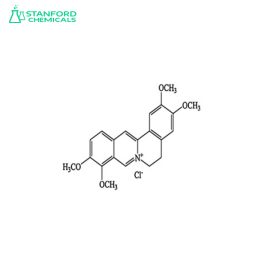
| Available Sizes | 30 capsules, 60 capsules, 90 capsules |
|---|---|
| Key Ingredient | High-quality, pure Palmatine Hydrochloride |
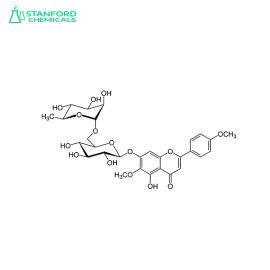
| Available Sizes | 30 capsules, 60 capsules, 120 capsules |
|---|---|
| Key Ingredient | High-quality, pure Pectolinarin extract |

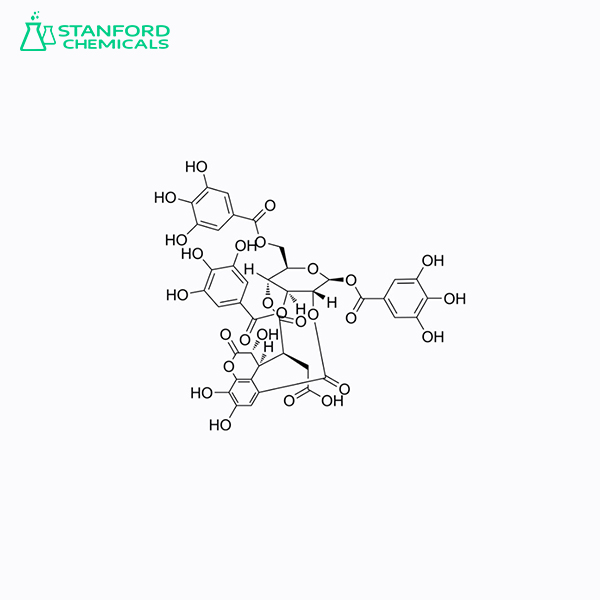
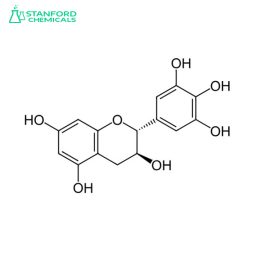
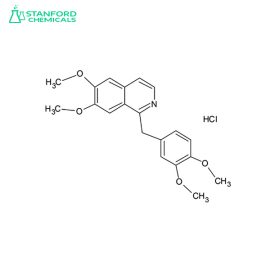
Reviews
There are no reviews yet.